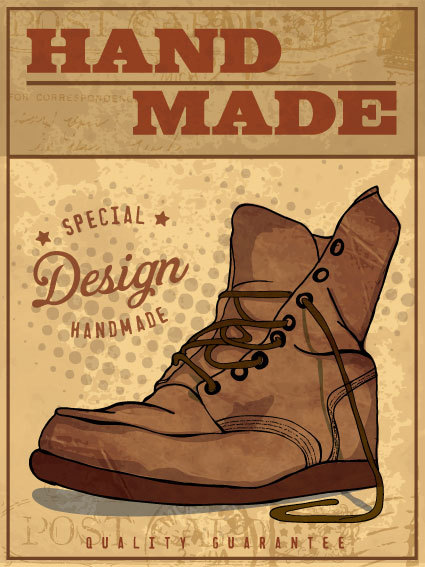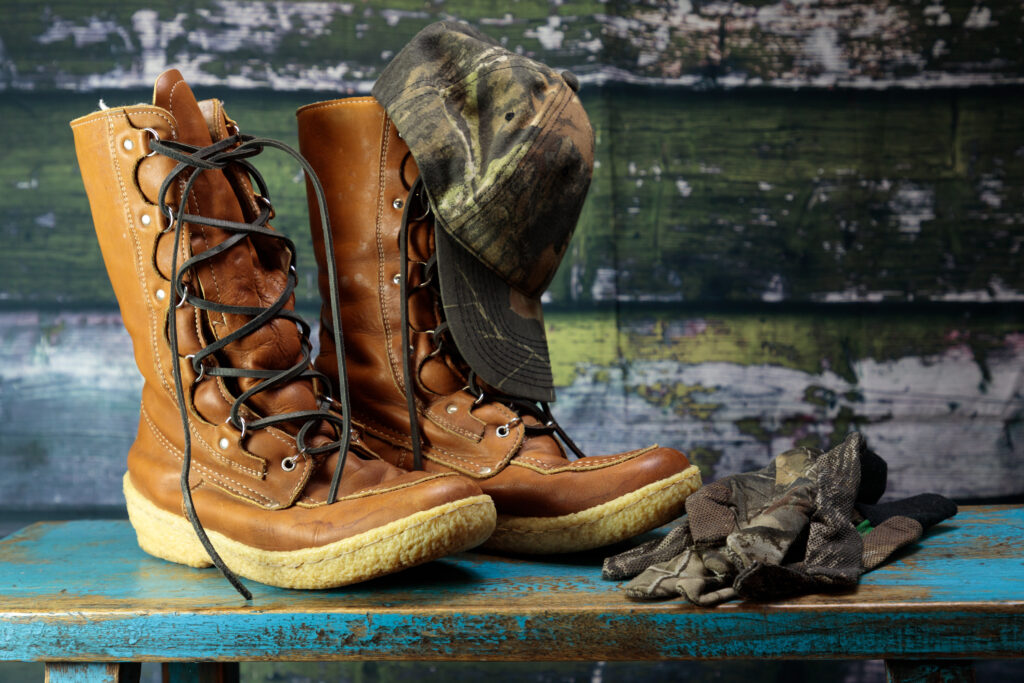I. Introduction
Hunting boots are an essential piece of gear for hunters and outdoor enthusiasts, providing the necessary comfort, durability, and protection required for various hunting activities. The production process of hunting boots involves multiple steps and the use of advanced materials and technologies to ensure the highest quality and performance. This article will explore the stages of hunting boot production, highlighting the complexity and attention to detail required to create boots that meet the demands of modern hunters.
II. Stages of Hunting Boot Production
A. Design and development
The first stage in the production process of hunting boots is the design and development phase. During this stage, designers and engineers collaborate to create the concept, select materials, and establish the overall structure and features of the hunting boots. This process involves extensive research into the needs of hunters, analyzing trends in the market, and examining the latest advancements in materials and technologies. Designers create sketches and utilize computer-aided design (CAD) software to finalize the boot’s appearance, functionality, and overall performance.

B. Material sourcing
Once the design is finalized, manufacturers source the necessary materials for the production process. This includes selecting the appropriate leather or synthetic materials for the upper, rubber or synthetic compounds for the outsole, and other materials for insulation, waterproofing, and support. Material sourcing is a critical step in the production process, as the chosen materials directly impact the boot’s durability, comfort, and functionality. Manufacturers must balance cost, availability, and performance when selecting materials for their hunting boots.

C. Pattern making
The next step in the production process involves creating patterns for the various components of the hunting boot, such as the upper, lining, and sole. These patterns are used to cut the materials into the appropriate shapes and sizes for assembly. Pattern making is an essential part of the process, as it ensures that each component of the boot is accurately sized and shaped for optimal fit and performance. Highly skilled pattern makers use their expertise to develop patterns that minimize material waste and maximize efficiency during the assembly process.
D. Cutting and stitching
Using the patterns, the materials are cut to the required specifications. The pieces are then sewn or glued together to form the various components of the boot. This may include the upper, tongue, and lining, as well as attaching any hardware, such as eyelets and hooks for lacing. Cutting and stitching require skilled labor, precision, and attention to detail to ensure that each component is accurately assembled and free of defects. Manufacturers often use advanced sewing machines and automated cutting equipment to increase efficiency and maintain consistent quality during this stage.
E. Lasting and insole attachment
The boot’s upper is then attached to a last, which is a foot-shaped mold used to give the boot its final shape. Lasting involves stretching and molding the upper around the last, ensuring a snug and accurate fit. The insole is also attached during this step, providing additional support and cushioning for the foot. Lasting is a critical step in the production process, as it determines the overall fit and comfort of the finished boot. Skilled workers use specialized equipment to perform lasting, ensuring that each hunting boot meets the manufacturer’s specifications and quality standards.
F. Outsole attachment
The outsole is attached to the upper using either adhesive or stitching, depending on the boot’s construction. This step ensures a secure bond between the two components, providing durability and stability. Outsole attachment is an essential step in the production process, as it impacts the boot’s overall performance and longevity. Manufacturers must carefully select the appropriate adhesive or stitching method for their specific boot design to ensure a strong bond and prevent premature wear or separation.
G. Finishing and quality control
Once the boot is fully assembled, it undergoes a series of finishing processes, such as trimming, polishing, and cleaning, to ensure a professional appearance. The boots are then inspected for quality control, checking for any defects or issues that may affect their performance. This stage is crucial in maintaining the high standards and reputation of the manufacturer, as well as ensuring customer satisfaction.
Quality control inspectors examine the boots for issues such as improper stitching, misaligned hardware, or uneven bonding between the upper and outsole. Any boots that do not meet the manufacturer’s quality standards are either repaired or discarded to maintain a consistent level of quality in the finished products.
H. Packaging and shipping
After passing the quality control inspection, the hunting boots are packaged and prepared for shipping. The packaging process may involve placing the boots in individual boxes or bags, along with any additional accessories, such as laces or care instructions. The boots are then shipped to retailers or distribution centers, making them available for purchase by consumers.
Packaging and shipping are essential steps in the production process, as they ensure that the boots arrive at their destination in excellent condition and are presented in a manner that reflects the manufacturer’s branding and marketing efforts.
III. Conclusion
The production process of hunting boots is a complex and intricate endeavor, requiring the expertise of skilled designers, engineers, and craftsmen to create a final product that meets the needs of modern hunters. From the initial design and development phase to the final packaging and shipping, each stage of the process plays a vital role in ensuring the highest quality and performance of the finished hunting boots.
Manufacturers must continually adapt to the evolving demands of the market and the advancements in materials and technologies to stay competitive and meet the needs of their customers. By understanding and mastering each stage of the production process, hunting boot manufacturers can continue to create innovative, high-quality products that provide comfort, durability, and protection for hunters and outdoor enthusiasts alike.
